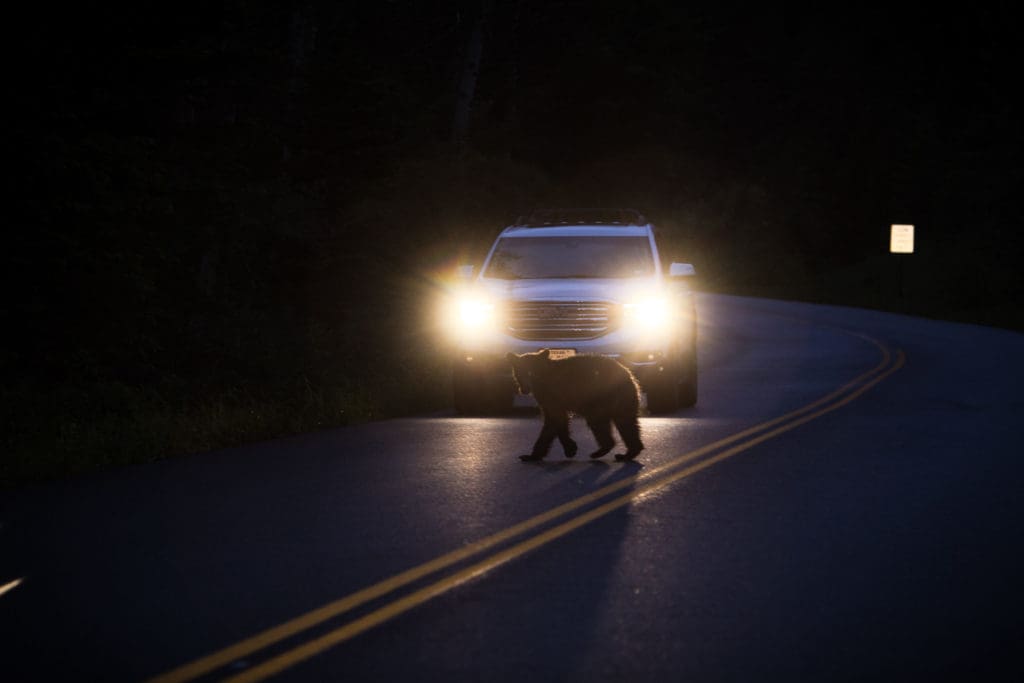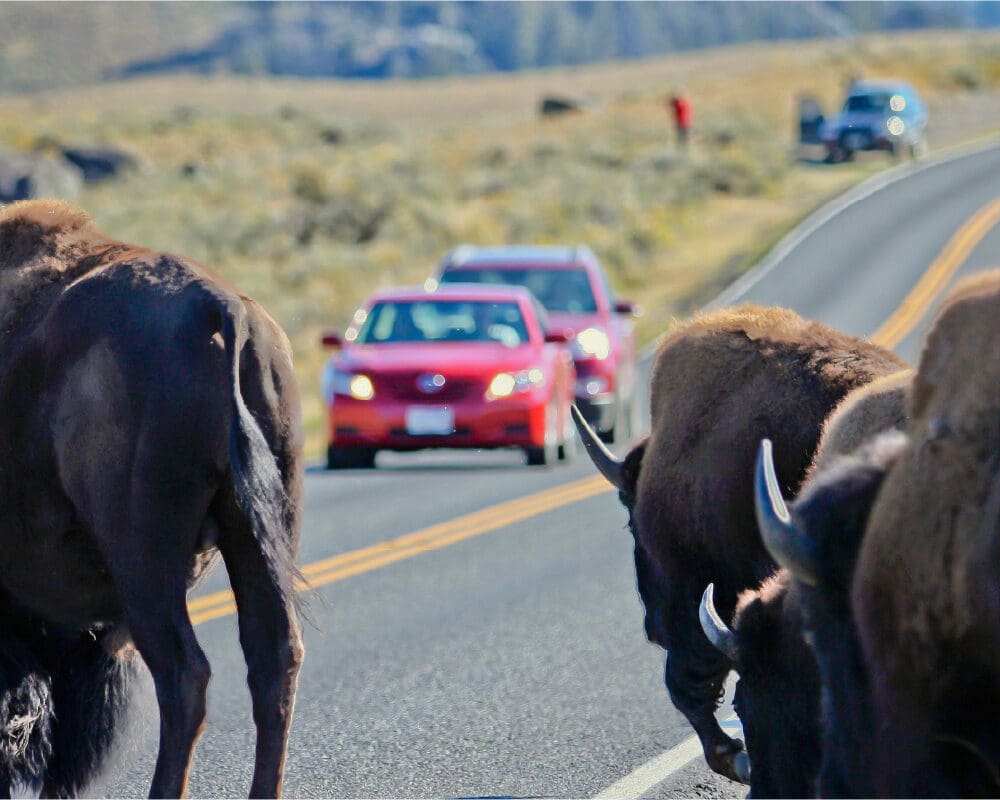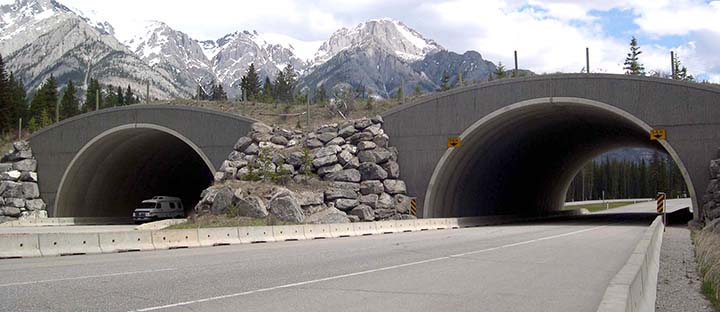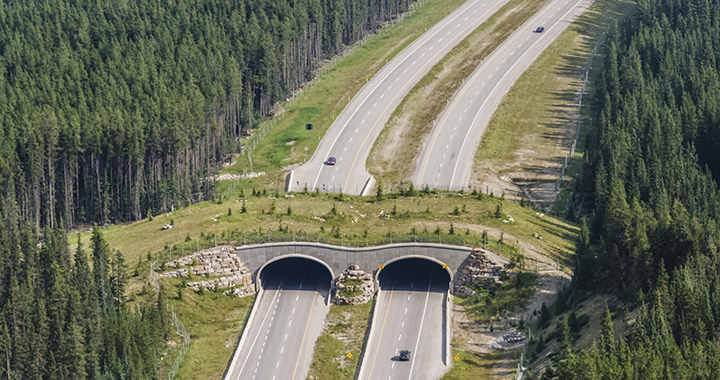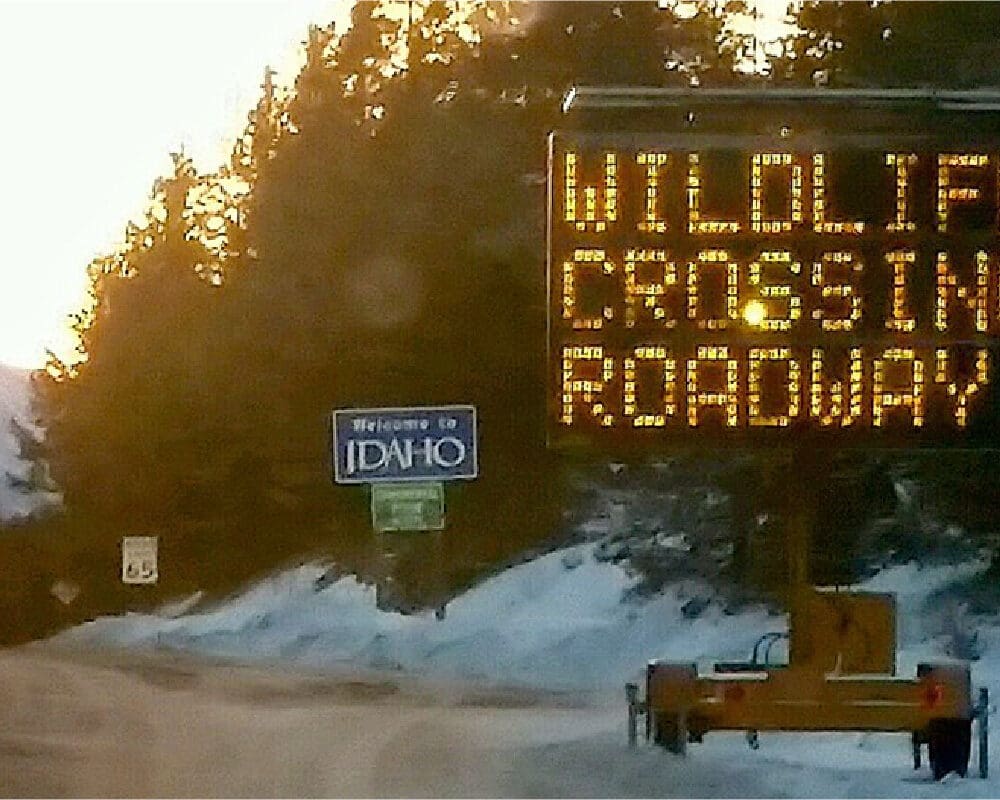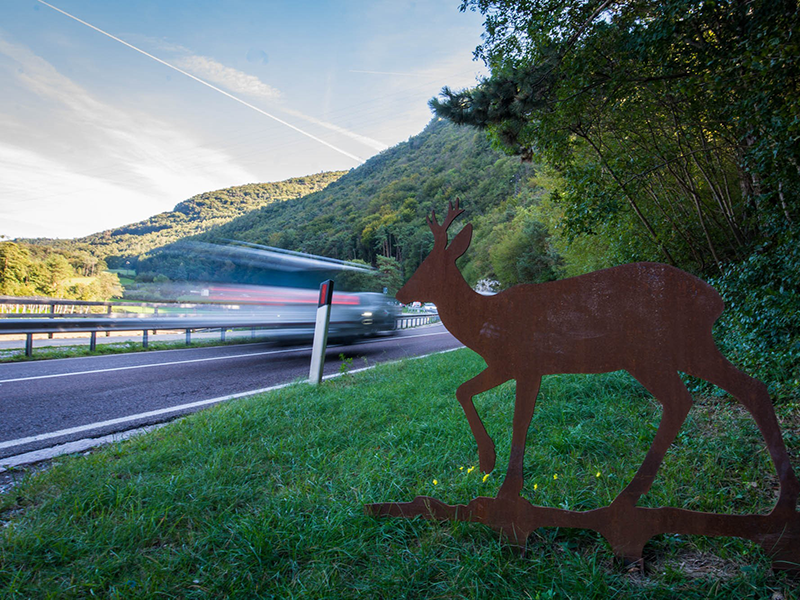Investing in wildlife crossings now will keep people and wildlife healthy and connected
In America’s western states, many folks are at risk of hitting a deer or animal on our highways, whether on a family vacation to a national park, or during a morning commute. Thanks to new technology, infrastructure and engineering solutions, we can make wildlife-vehicle collisions an issue of the past.
Investing now in wildlife crossing structures is investing in the long-term health and vitality of people and nature across North America. As Congress works on the American Jobs Plan, there is an opportunity to prioritize infrastructure projects to include wildlife crossings, and simultaneously protect nature, address climate impacts, and keep people safe.
The American Jobs Plan calls to put people to work and modernize the nation’s transportation system by building world-class, resilient transportation infrastructure that upgrades roads and bridges, reduces traffic deaths, and does so in an equitable, just way, while revitalizing the post-pandemic economy.
According to a 2008 Federal Highway Administration report, wildlife-vehicle collisions cost Americans more than $8 billion every year.
Crossings and fencing can reduce related costs to individuals and society such as insurance, medical bills, roadkill cleanup, and costs associated with recovering species whose populations are threatened by impacts of roads. Projects are so effective they often pay for themselves in 10 years.
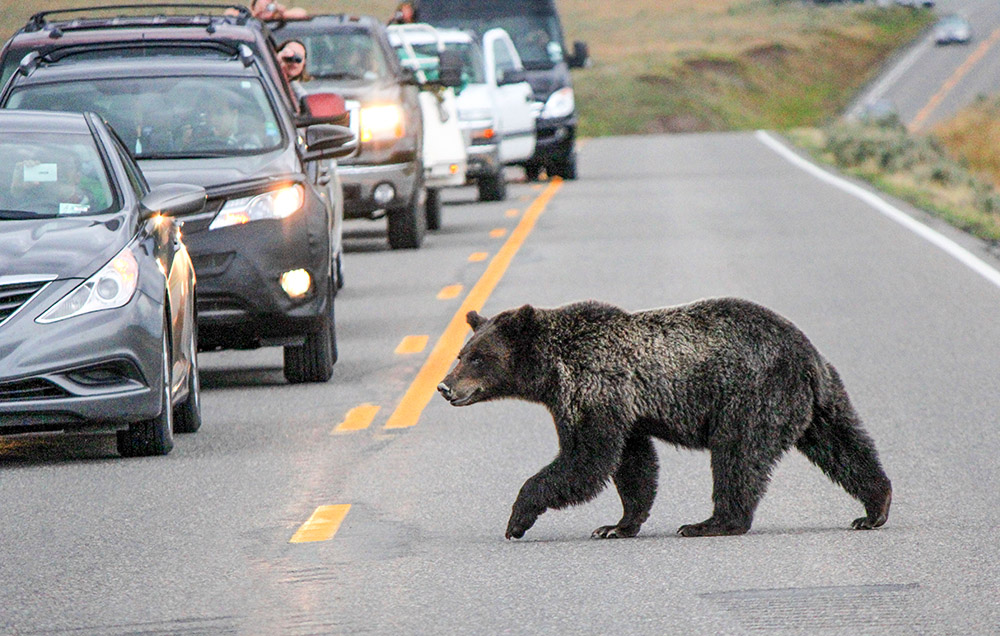
This is also an opportunity to improve wildlife movement
Busy roads are a major threat to animals in this country. Highways are deadly barriers that affect individual animal’s survival, and the ability for entire populations to move to find food, mates, and space to live. All issues made worse by the impacts of climate change.
Crossings can be integrated into planned upgrades to the transportation system. They connect nature-based infrastructure such as wildlands, forests, and watersheds, allowing wildlife of all sizes and kinds that depend on these habitats to move and connect across large landscapes. This helps them thrive, while providing Americans access to the great outdoors.
Environmental benefits also extend to addressing climate change. Widening underpasses near streams and rivers eases and supports wildlife movement but also accommodates fluctuating water levels predicted in the future. Crossings also maintain or improve wildlife’s ability to migrate seasonally or move across landscapes to access to new habitat and feeding areas.
Wildlife crossings work
These innovative, ambitious projects do require upfront investment. But they are well-studied solutions, proven to be safe and cost-effective. In Canada, wildlife under- and overpasses with fencing decreased collisions with deer and elk by 96 percent.
Highways in most need of these structures are in rural landscapes of the West and on Native American reservations, locations where the health of wildlife matters for economic, ecological, and cultural reasons.
These are strongholds of healthy populations of bears and wolves, and game such as elk and pronghorn. All are threatened by road-related impacts that can be addressed by building wildlife under- and overpasses with fencing in the right places.
People across the country, including Washington, Montana, Texas, Florida, and California, are supportive and excited about these crossings.
Today, there are 117 crossing structures in the 3,400 kilometers (2,100 miles) that make up the Yellowstone to Yukon region — a reason it remains one of the world’s few remaining intact mountain ecosystems. Additional structures are needed in this region, and across the country, to keep people and wildlife healthy and connected. Diverse groups are working on this already, keeping wildlife connected by sharing key knowledge and solutions to help projects move ahead.
Thankfully, Congress is working to solve these challenges
The bipartisan Surface Transportation Reauthorization Act of 2021, includes $350-million for wildlife crossings and corridors. If enacted this will help states, local governments, and Tribes fund construction of crossing structures where they are most needed.
Funding, bold action and creative solutions are required now. In future any infrastructure proposal from Congress should include significant investment into wildlife crossings, and incentives for collaboration between federal and state agencies, Tribes, and communities. Not just for wildlife, but communities and people, too.
